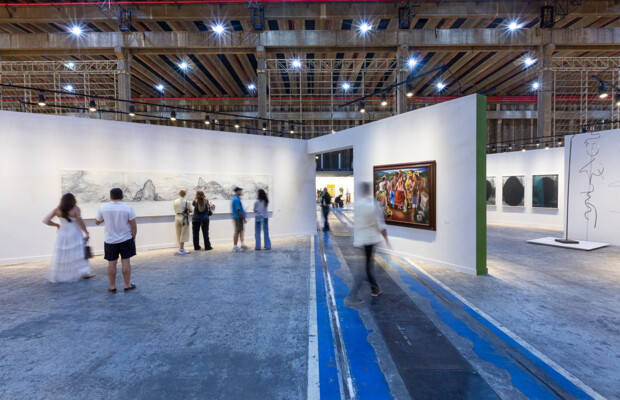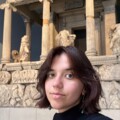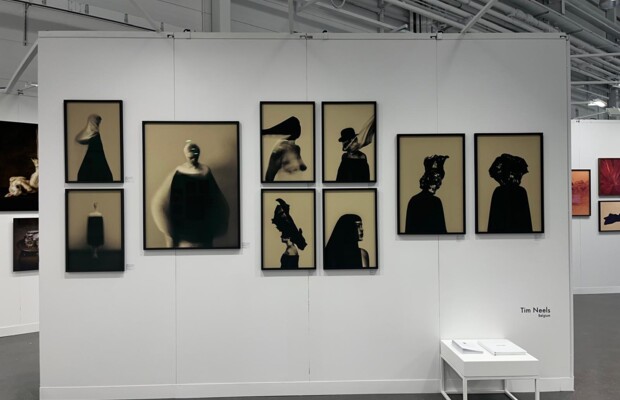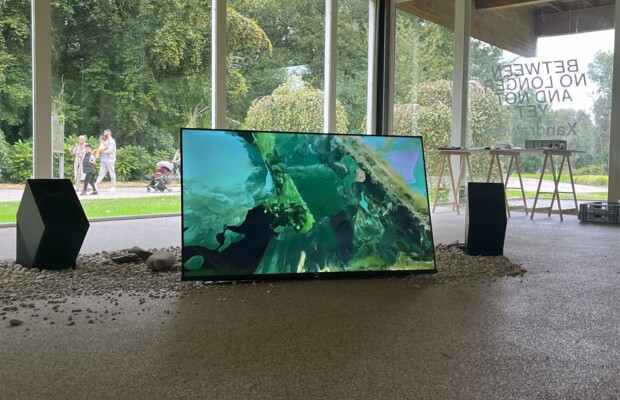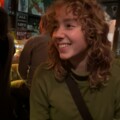A show for and about young artists: Bevilacqua La Masa’s 106th collective exhibition
Insights from 3 emerging artists
Bevilacqua La Masa is an artistic institution in Venice that was founded back in 1898, whose main focus was and still is to give young artists a platform to exhibit their artworks. Bevilacqua La Masa, however, is not just open to emerging artists, but has also hosted shows from prominent contemporary artists, thereby confirming its interest in promoting contemporary art tout court.
Every year, the institution releases a call for artworks from practitioners aged 18 to 30 years old living in Veneto (the region which has Venice as its capital) and then a jury of experts selects a limited number of artists (26 this year) to be displayed inside the prestigious location of Bevilacqua La Masa’s gallery in Piazza San Marco. Moreover, the jury assigns prizes to the three best artworks, as well as handing out some “honourable mentions” to those who piqued their interest. The call for artworks’ deadline for 2023 was set on December 5th, so it can be assumed that for 2024 it will be around the same period.
I managed to visit the exhibition and get a sense of the kind of artworks that were chosen to be put up on the walls. Considering that the show is not curated through a single theme, the works on display vary in terms of content, medium and style, of course. The media employed range from painting and sculpture, to photography, mixtures of painting with sewing or embroidery, as well as video-art and installations.
Wanting to understand more about what moved these young artists and what took them to present their works for selection at Bevilacqua La Masa, three of them kindly agreed to be interviewed about their work and their budding careers.
Giorgia Contin is a final-year student of the Accademia di Belle Arti in Venice, specialising in painting, whose work “Megaptera” (2023) was selected by Bevilacqua La Masa to be displayed in its exhibition. When asked about her attempt at presenting her work for this contest, she claims that she has always been aware of the institution’s role in promoting young artists but did not really expect to be selected. Giorgia also points out that Bevilacqua La Masa is one of the few remaining institutions which requires artists to bring their works physically on the premises, rather than simply submitting photos online.

Federica Gottardello, on the other hand, had already been selected in 2022 for the 105th collective show, so this was her second attempt at Bevilacqua La Masa’s call. She is also a final-year student at the Accademia di Belle Arti, who works with painting but with a twist: her work “Chiedi alla Siepe (1989/2005)”, she explains to me, is created by sewing with a sewing machine on paper, designing the scene she would like to depict, then soaking the paper in water and finally tearing away the wet paper so that what remains are only the parts that were previously sewn.
It is a long and laborious process which she discovered almost by chance and whose outcome is always slightly unpredictable. Sewing to her means both forging connections with other people, but nowadays she also thinks of it in terms of stitching herself back up.
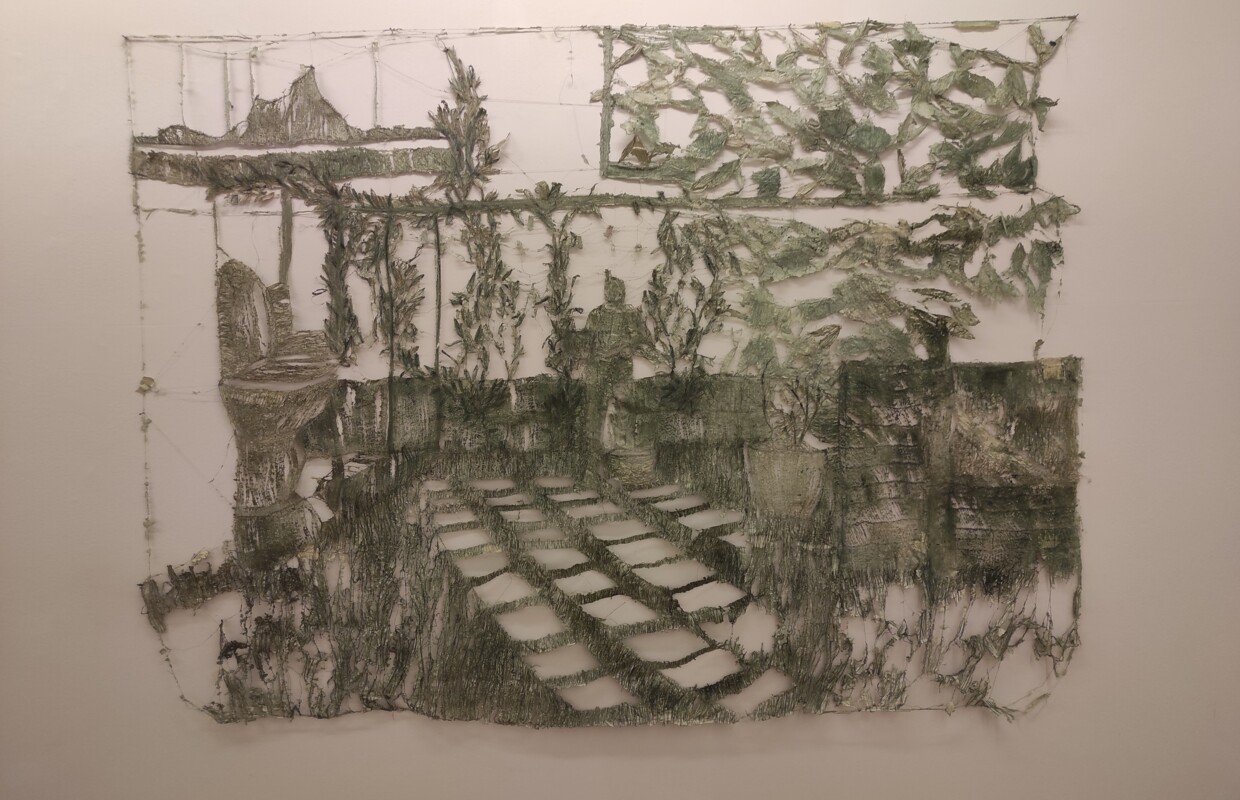
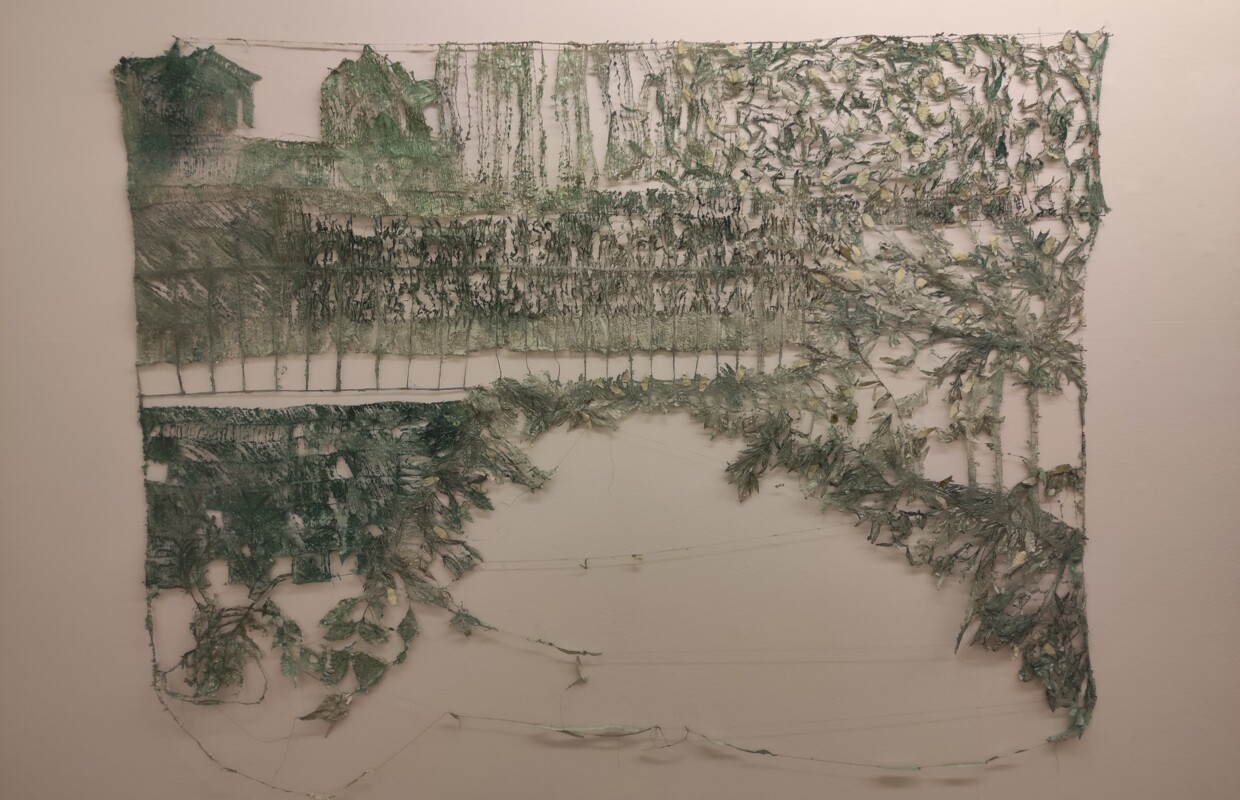
Federica, too, on her first attempt was unsure that she would be picked by the jury, but when she found out she had been successful felt very excited. Having the chance to display her work in a professional gallery, she confesses, allows her to put her own work and efforts into perspective, admiring what she produces under a different light.
The third artist I interviewed, Sofia Vasilisa Izmailova, who was born in Italy but has Russian parents, also attends the Accademia in Venice and studies painting, though she was previously enrolled at the Accademia di Belle Arti in Brera (Milan), where she unfortunately became unsatisfied with her painting courses. She then moved back to Venice (where she had studied in secondary school) and is now in her first year at the Accademia in Venice. What she appreciates most about the university is that the atelier for painters is open at all times so that she is free to work whenever she needs, spending plenty of time honing her craft.
Speaking of which, her work “Carpet on walls” (2023), is a mixture of oil painting and charcoal drawing subsequently sewn onto a canvas. It started with the idea of recreating the texture of a carpet, which, she explains, is a standard feature in Russian households, covering the floors and walls. This is mixed with her interest in family photos, a couple of which she also shows to me: one of these was the inspiration for the drawing she made, because of the peculiar structure and position of the people who stand photographed.
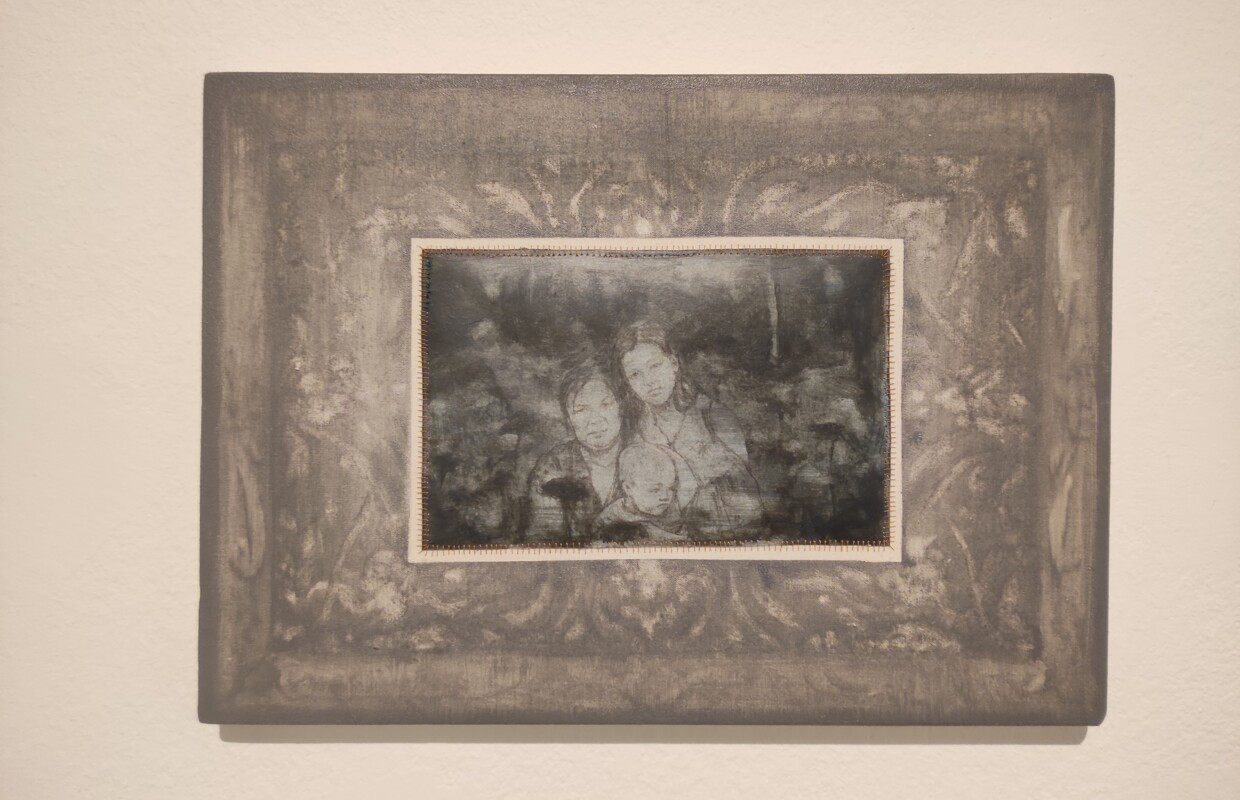
When asked about her submission to Bevilacqua La Masa, she recalls that she has been aware of it for some time and of the gallery’s importance in the Venetian context. Like Giorgia and Federica, she felt slightly unsure of being successful, comparing herself to other older artists. In the end, she was not only selected but received an honourable mention by the jury, as well.
In terms of the guidance the three artists feel they received from their time at the Accademia, all of them underline the significance of the advice they sometimes get from their professors. Their suggestions are especially valuable when it comes to deciding also which artworks may be more significant and worthy of being submitted to calls for works. However, when it comes to helping students who have recently graduated, Giorgia, for example, claims that it is not up to the university to help them, but rather that it is by working and collaborating with other emerging artists or curators that you can build up your own artistic practice. Sofia also echoes this idea, stating that gathering opinions and thoughts from her peers about what she is working on is always insightful.
Both Giorgia and Federica also agree that it is essential for young artists to find their own preferred techniques, styles, and research interests: this is what can be of great help once a student concludes their studies. Not simply this, but also participating in contests or applying to calls for artworks, can be vital to emerging artists, something which Sofia is keen to highlight. Giorgia specifies that she is also more eager to participate in contests that do not charge any fees, especially because emerging artists may not have the funds at their disposal.
In terms of exposure gained, Federica claims that from this year’s collective exhibition she has received more attention and positive comments on her work than in the 2022 show, and she stresses how essential it is for a young artist’s works to be shown in such spaces. In addition, Giorgia relates to me that the number of followers she gained on Instagram since the opening of the exhibition is, to her, quite unbelievable.
Speaking on Instagram’s role for self-promotion, she believes that it is the perfect middle ground for emerging artists to publish their artworks, as it is not too complicated to use and is widely used. Federica, on the other hand, has a more love-hate relationship with the platform, but still tries to craft her feed in a careful and curated manner. Nonetheless, Giorgia maintains that the institutions and galleries’ own publicity for budding artists is still an invaluable asset.
As a final question, I asked these artists if they feel that something is missing from their university or from the institutions in order for them to improve in their careers as artists or to be able to work better. Sofia feels that for now she is content with what she has, the professors who she is studying with, the contests and calls available for young artists, although she wishes the materials needed for painting were free (something she tells me while laughing a little).
Both Giorgia and Federica, on the other hand, feel the need for a little more space, accessible at all times, where they could work freely on their projects. This is because the university has its own ateliers available, but they are only open during specific hours of the day, whereas in other European countries, they claim, ateliers tend to be open until late at night.
In the end, what I gathered from these interviews is the appreciation that these young artists have for the possibility of showcasing their works inside a well-established institution such as Bevilacqua La Masa, as well as the importance of collaborating and supporting each other as young artists. Alongside their own self-promotion on social media, the possibility of entering public contests remains very significant for them, both as a way of evaluating their own projects and for the opportunity to display their art to a larger audience. And while once out of university the road towards artistic independence may seem complicated, the network of fellow artists around them can act as a safeguard for navigating the artworld much more serenely.
Exhibition info
Location: Bevilacqua La Masa Gallery (in Piazza San Marco), San Marco 71/c, 30124, Venice
Dates: From 10 February to 24 March 2024
Opening hours: Wednesday - Sunday, 10.30am to 5.30pm
Free entry
2023’s open call: https://www.comune.venezia.it/it/content/bando-106ma-collettiva
Upcoming calls for artworks
CreArt 3.0 (deadline: 25th March 2024 at midnight/ free participation)
Exhibition (reserved to people living in Venice)/ Artist residency (for artists living in Venice or other cities in the project network, see list on website)
https://www.comune.venezia.it/it/content/creart-30-english-version
Share the post:

